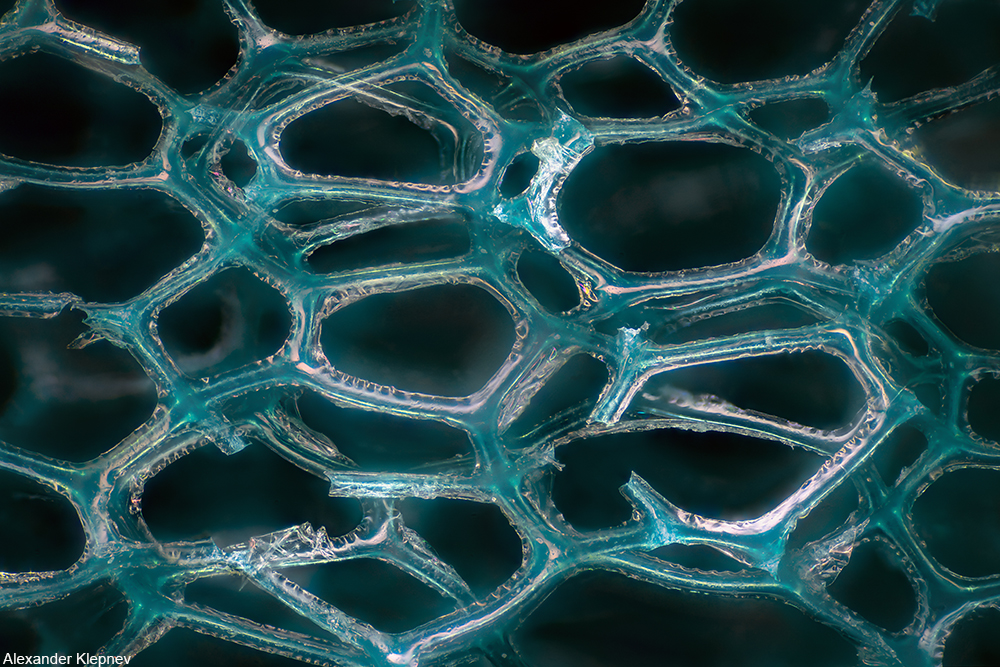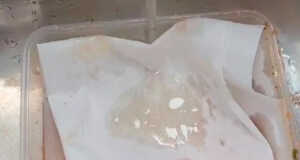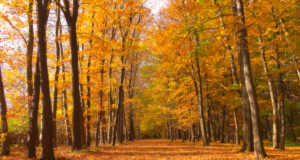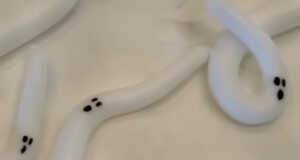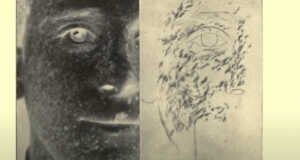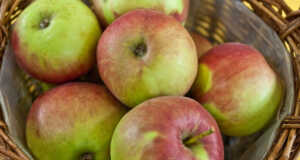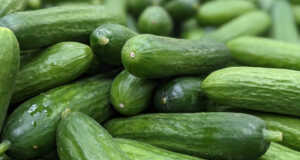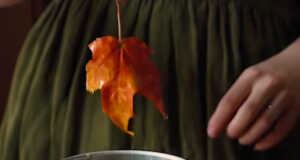In any given day there’s a lot of “background” information that we tend to tune out- from the texture of clothing to the fruit fly hovering over a bowl of apples. Our brains are designed to ignore things that we’re habituated to so that we can stay alert and focused on important events like finding food or avoiding danger. But, there are some really ordinary things that look simply breathtaking when examined under a microscope. You never would have guessed how beautiful these 10 average things looks when magnified.
Dandelions
The curls of the stigma on dandelions are what give them their slightly fuzzy look when in full bloom, but under a microscope they look almost like something from a Dr. Seuss book.
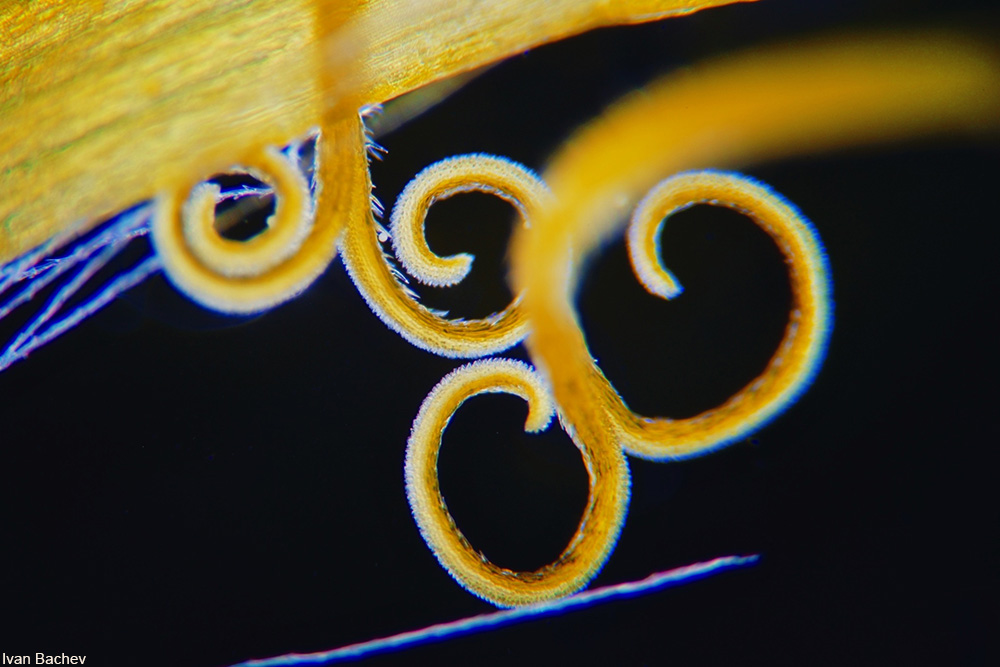
Coco-Cola
The favorite soft drink of millions contains sugar crystals and other compounds which when dried and photographed under a polarizing microscope create some lovely prismatic effects- albeit on a tiny scale.
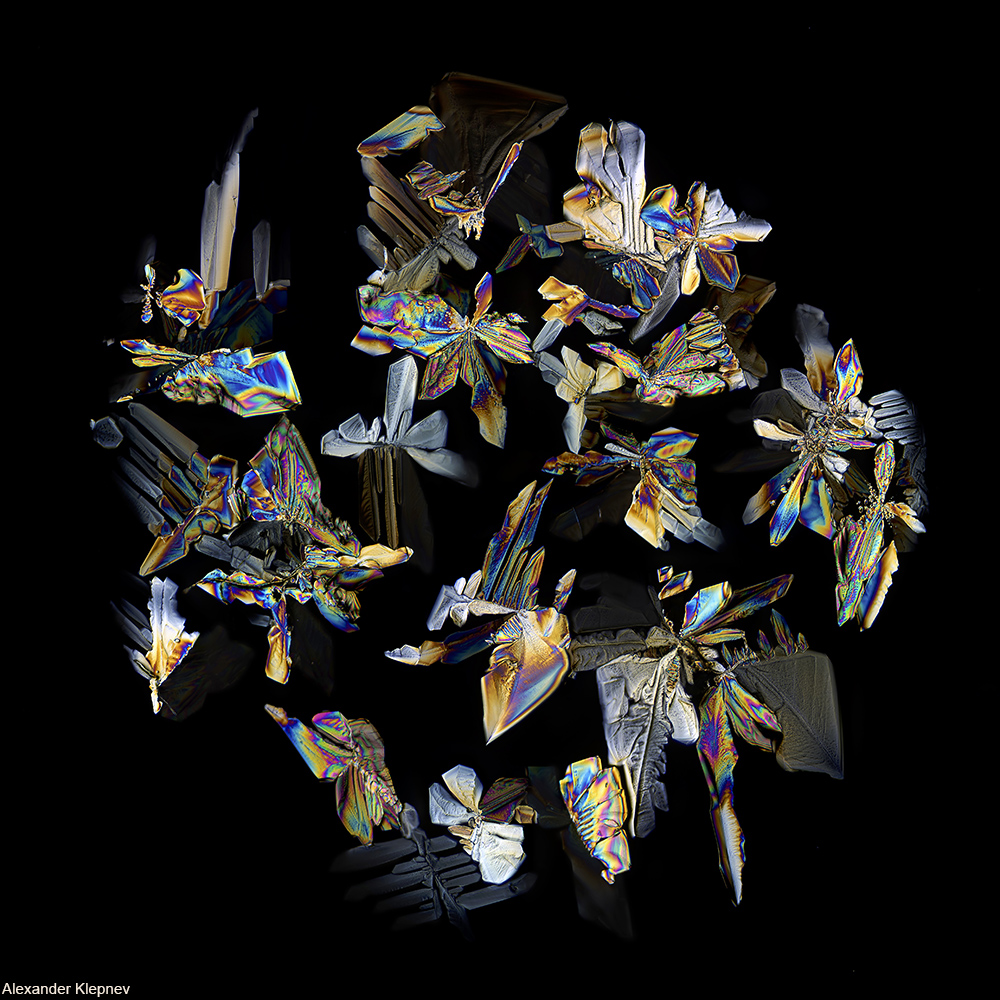
Butterfly Wings
You probably haven’t grown tired of seeing butterfly wings: they’re gorgeous. But, have you seen them up close? The reflective colors are even more delicate when magnified. But, what’s even more astounding is all the tiny scales that wings are made up of.
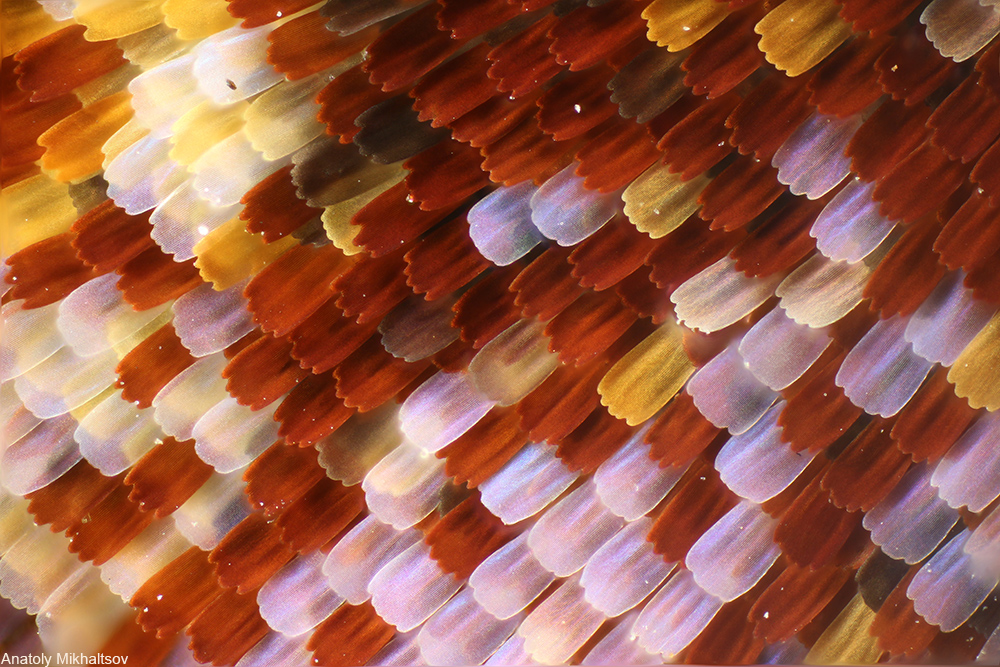
Black Sesame Seeds
To the naked eye sesame seeds look smooth, but this microscopic view shows how bumpy they really are. Not only that but the oil that covers the surface reflects just like a slick of motor oil would- an tiny rainbow.

Charcoal
Charcoal retains the original underlying structure of the wood or material that was first burned, all without oxygen. What’s left behind after the moisture and other aspects of the original material are gone is nearly pure carbon, coated with various volatile compounds. Enhanced with differential interference contrast, the effect is not unlike the image above of the sesame seed.
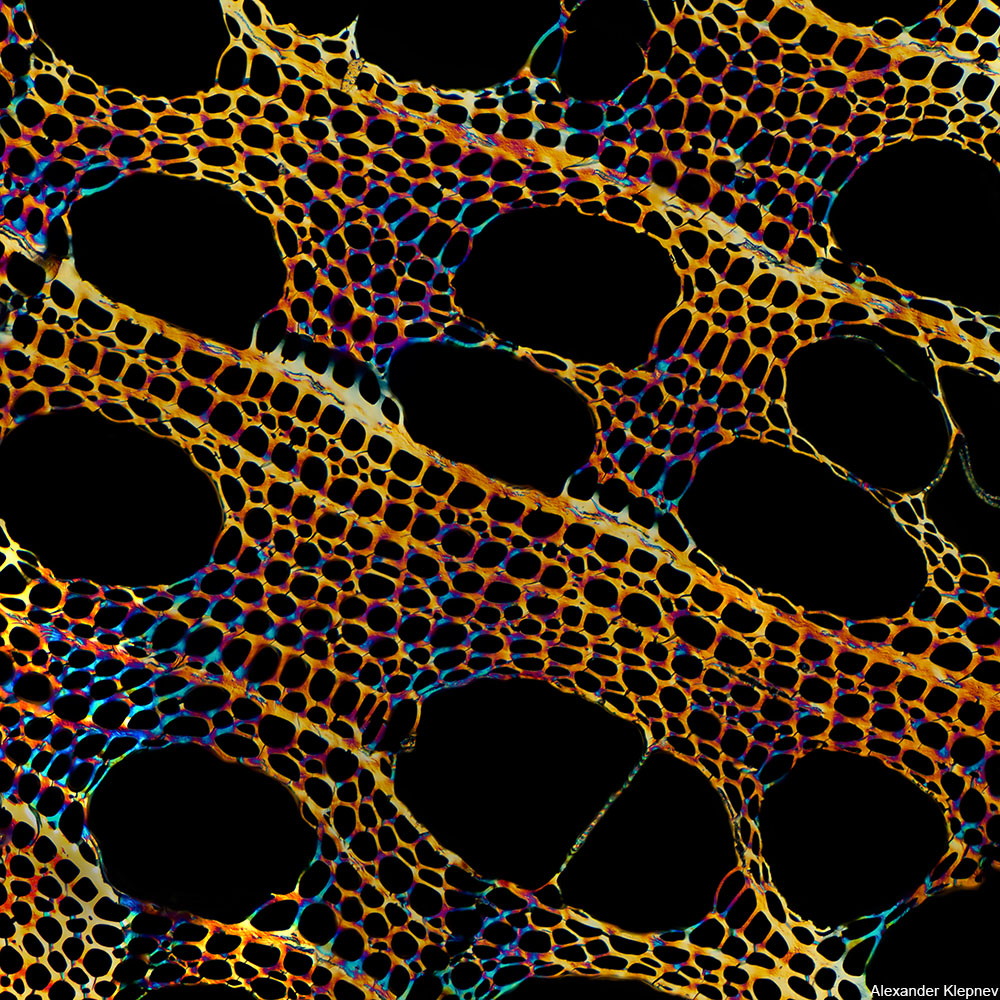
Sand
Sand may look like a homogenous material, but if you look closely you’ll see variations in color and the size of the grains of sand. Look even more closely with a microscope and you’ll see that sand is not only made up of teeny tiny rocks, but also minute seashells and other remnants of crustaceans. Some sand is made up largely of tiny creatures, like the star sands of Okinawa, made up of the minuscule shells of Foraminifera phylum.
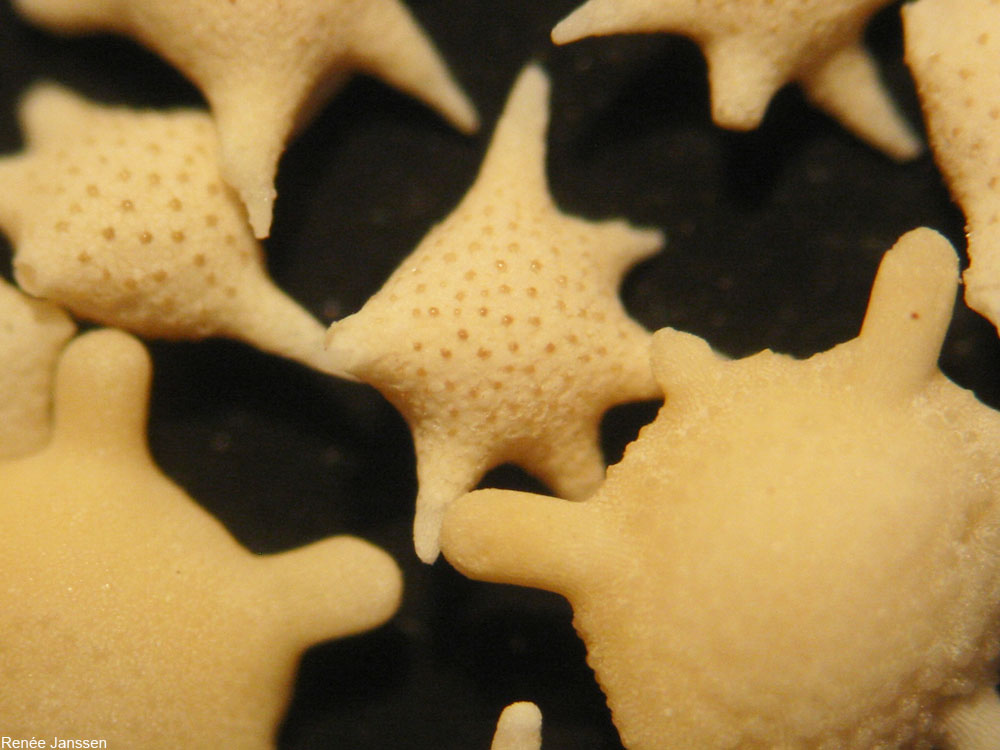
Paper Napkin
Looking at a close-up of a cellulose napkin you’d never know what you’re seeing if someone hadn’t told you. It reminds one of a scene in a horror or science fiction movie where the characters somehow become trapped in an alien life form.
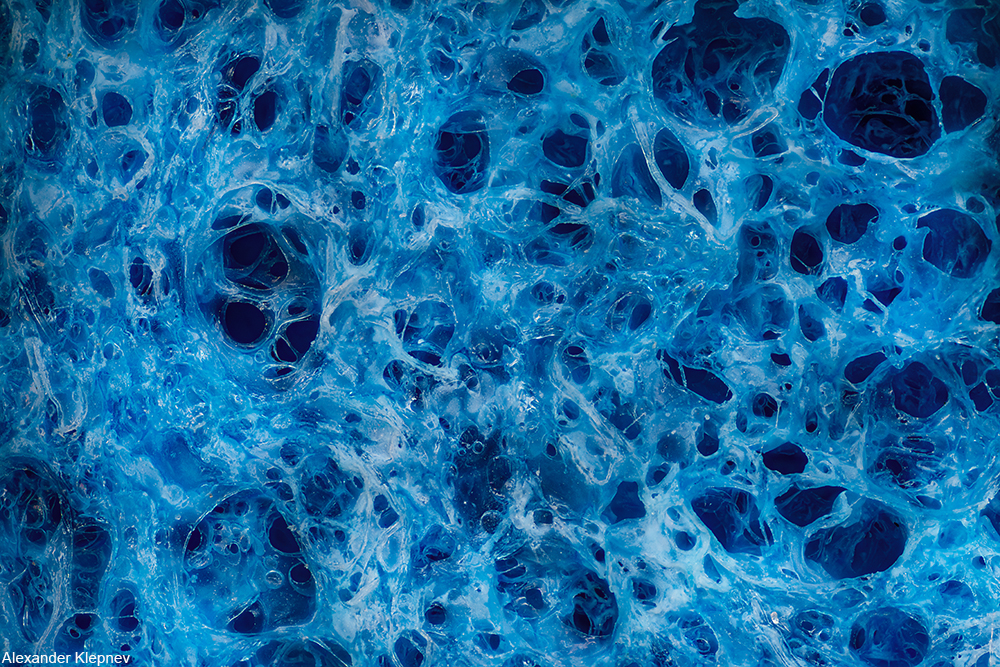
Denim
When viewed at magnification it’s easy to see how the dye doesn’t permeate every single thread of the woven fabric. It’s so fascinating!
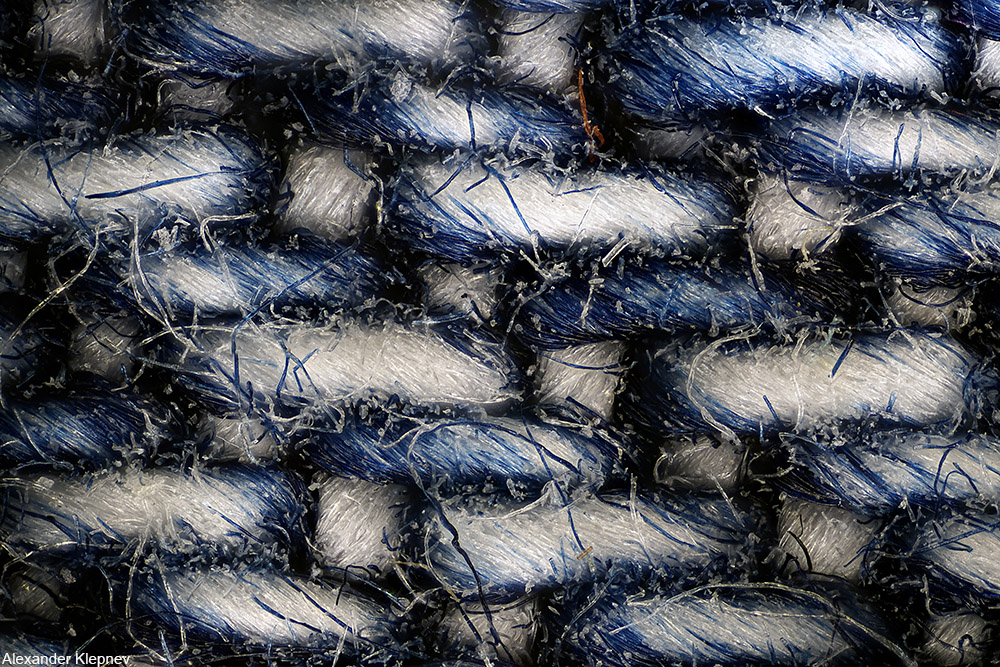
Black Peppercorns
There’s a reason why pepper packs so much flavor. As we can see in the microscopic view below, even when dried the peppercorn retains much of their savory oil deep inside the fruit.
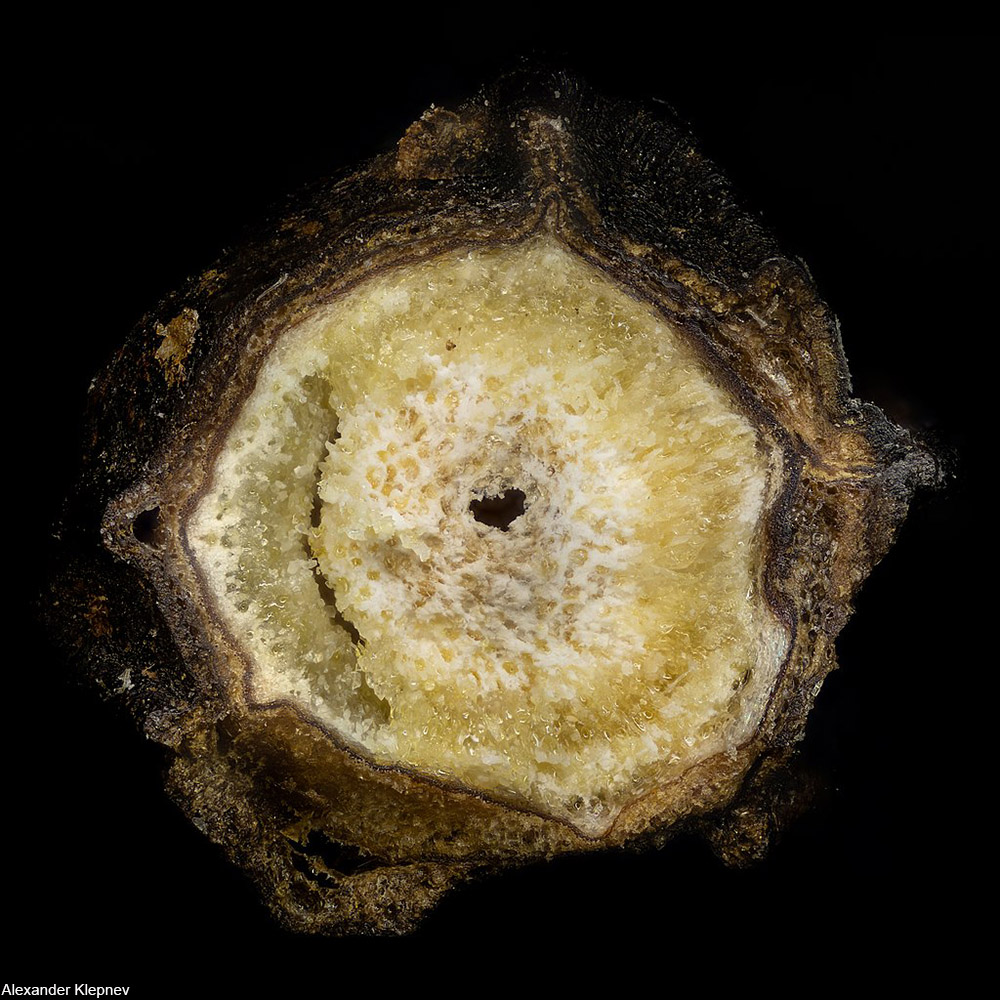
Abrasive Sponges
Bet you didn’t think something as mundane as green scrubbie would look so interesting under a microscope. It just shows how even very ordinary things can completely change when seen up close.
